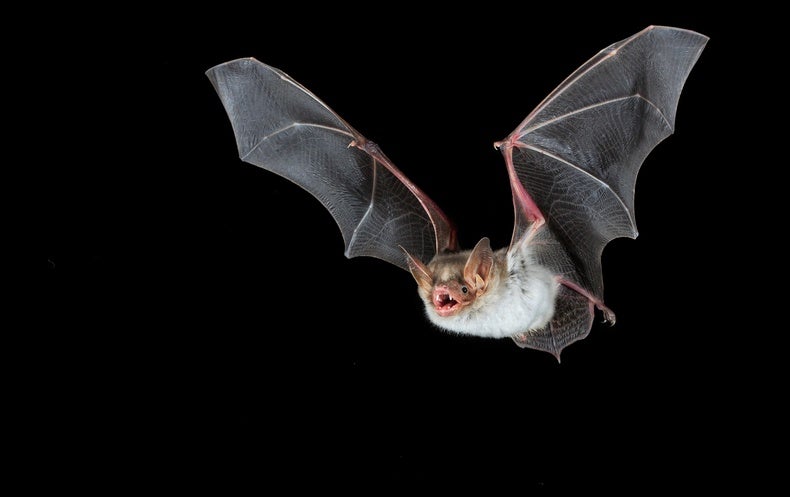

Since the emergence of SARS in 2002, coronaviruses have been recognized as potential pandemic threats. This emergence highlights a need for evidence-based strategies to monitor bat coronaviruses. Daniel Becker, Ph.D., a researcher at the University of Oklahoma, is collaborating with other scientists nationwide to determine directions for future research.
Becker, an OU assistant professor of biology, was the senior author of a paper published in Nature Microbiology. The study’s lead author was Lily Cohen, a medical student at the Icahn School of Medicine at Mount Sinai, and involved collaboration with researchers from Georgetown University and Colorado State University.
Becker and colleagues’ study is part of the broader efforts of an international research team called the Verena Institute, which works to predict which viruses could infect humans, which animals host them and where they could emerge. Becker was a founding member of the institute in 2020.
“Part of the motivation for this is now that everyone has a lot of interest in bat coronaviruses, how can we do the work better and have a better idea of what is going on with these viruses in nature?” Becker said. “This work is important for global health and conservation efforts. The result was a very heavy data-driven recommendation on where to go forward on bat coronaviruses in the wild.”
For this study, researchers focused on highlighting where in the world there hasn’t been enough sampling, which groups of bats haven’t been sampled enough, and using all available data to improve surveying bats in terms of prioritizing what to do next. During the study, researchers compiled records of coronavirus infection prevalence in wild bats from 110 studies, spanning over 80,000 tested samples, and looked at biases in the way research on bat coronaviruses has been conducted prior to the COVID-19 pandemic.
Their research found substantial differences in coronavirus prevalence across studies, reflecting variation in virus dynamics over space and time as well as methodological differences. Sample type and sampling design were the best predictors of coronavirus prevalence.
Their study shows that bat sampling prior to the COVID-19 pandemic was concentrated in China, with research gaps in South Asia, the Americas and Sub-Saharan Africa, as well as in subfamilies of leaf-nosed bats. Becker and colleagues propose that future surveillance strategies should address these gaps to improve global health security and enable the origins of zoonotic coronaviruses to be identified.

